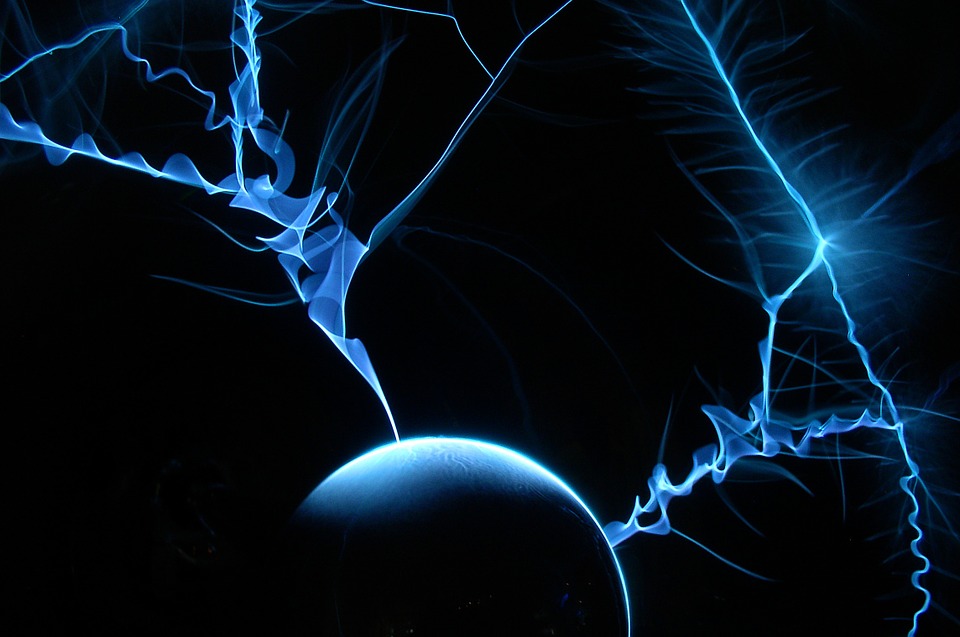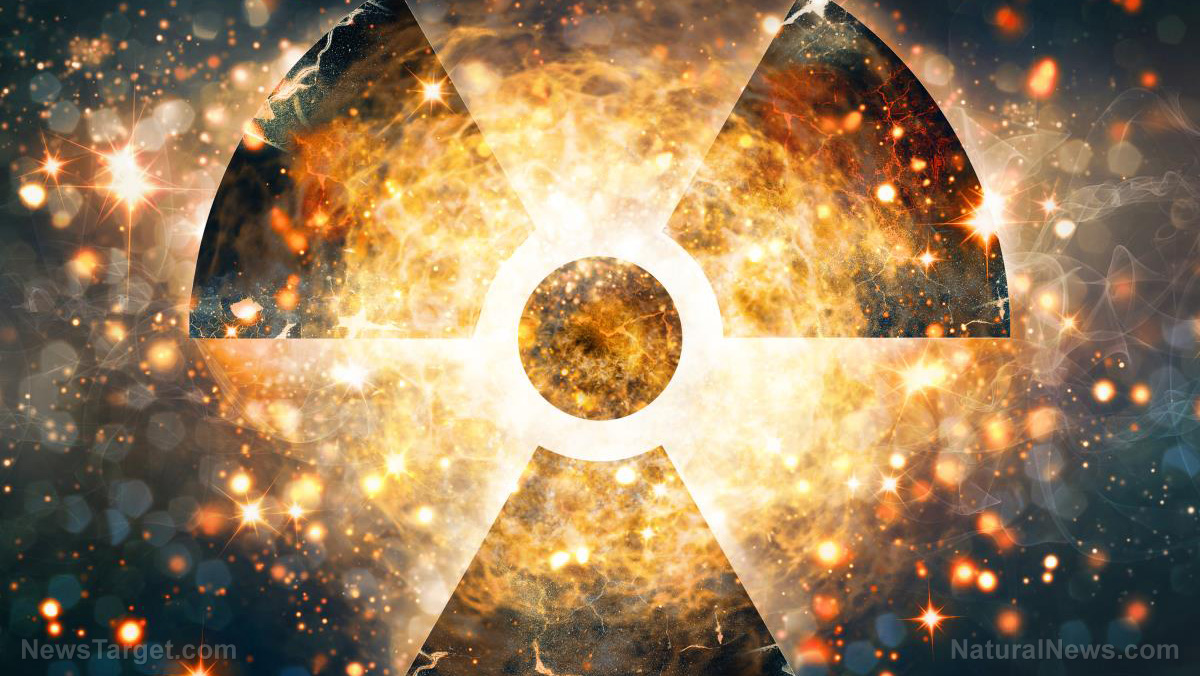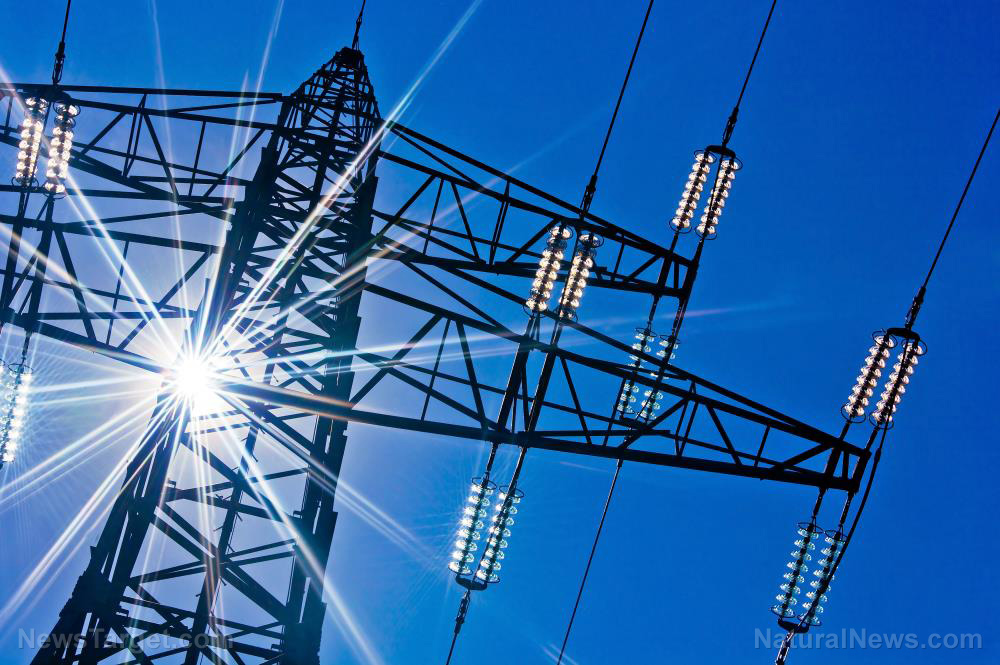Antimony-carbon anode could pave the way for developing next-gen batteries
05/04/2019 / By Edsel Cook

A newly developed antimony-carbon composite could solve the problems that beset potassium-ion battery (PIB) technology. An anode made from this material increased the amount of energy that could be stored inside the PIB unit. At the same time, it would degrade at a slower rate with every use, allowing it to last much longer.
Potassium is an abundant mineral that possesses similar redox potential as lithium. Researchers have been investigating potassium-based batteries as replacements for lithium-ion energy storage systems that have plateaued in terms of potential.
However, potassium also suffers from drawbacks. It has a large ion radius and it reacts rather slowly. As such, the anodes of potassium-ion batteries can only handle limited amounts of energy and degrade rather quickly.
Many kinds of carbon-based compounds, metal alloys, metal oxides, and other materials were tested to see if they could overcome these problems. But none of them attained the high capacity and cycle stability for storing potassium ions. (Related: Researchers develop high-energy magnesium batteries that can store more energy.)
A novel composite material made from antimony and carbon
Eventually, researchers realized the need to consider the design of the electrode materials and the properties of the electrolytes at the same time. Two teams at the University of Maryland (UMD) were thus able to come up with a new composite that combined antimony and carbon.
The new material is well-suited as an anode in potassium-ion batteries. It is manufactured through an electrospray-assisted method that can be scaled up with ease.
The antimony-carbon anode is designed for use in a highly concentrated electrolyte. Testing showed that the anode possessed very high specific capacities and remained stable after many cycles of use.
“We have successfully fabricated a novel antimony carbon composite with small Sb nanoparticles uniformly confined in the carbon sphere network (Sb@CSN) via a facile and scalable electrospray-assisted strategy,” reported UMD lead researchers Chungseng Wang and Michael R. Zachariah.
The material displayed a new structural design and the creation of a durable solid-electrolyte interphase (SEI) on the anode. These properties ensured the anode’s cycling stability over long periods of time.
A robust SEI can only be formed by the appropriate chemical reactions that take place on the surface of an electrode material. In addition, the electrolytes chosen for the battery will also determine if the SEI will be sufficiently durable.
A more durable anode for the next generation of potassium-ion batteries
In addition to the antimony-carbon material, the UMD researchers also created a highly concentrated electrolyte that was safe and stable for use in potassium-ion batteries. The electrolyte was designed to encourage the formation of a strong layer of solid-electrolyte interphase on the anode, which would ensure the stability of electrochemical alloy and de-alloy reactions during cycling processes over long periods of time.
The nanostructure of the material featured very tiny particles of antimony that were evenly encapsulated within the network of carbon conductor. This encouraged the formation of a durable and stable SEI layer on the surface of the anode when it was in the special electrolyte.
Testing showed that the antimony-carbon anode achieved very good reversible capacity over the course of 100 cycles. Its capacity decayed at a tiny rate of 0.06 percent per cycle starting at the 10th cycling. Even at the 220th cycle, it only suffered less than 10 percent degradation.
According to its creators, the composite anode was the best-performing design as of the time of the study. Preceding anodes displayed lower capacities and much shorter cycle lives.
Furthermore, density functional theory calculations showed that the antimony-carbon anode would be capable of storing very large amounts of potassium ions. Further research could eventually enable a new generation of potassium-ion batteries.
Sources include:
Tagged Under: anode, antimony, breakthrough, Chemistry, discoveries, energy storage solutions, future science, future tech, innovation, inventions, lithium ion batteries, nanotechnology, new energy, new materials, physics, portable power, potassium, potassium ion batteries, renewable energy, science and technology, sustainable energy


















